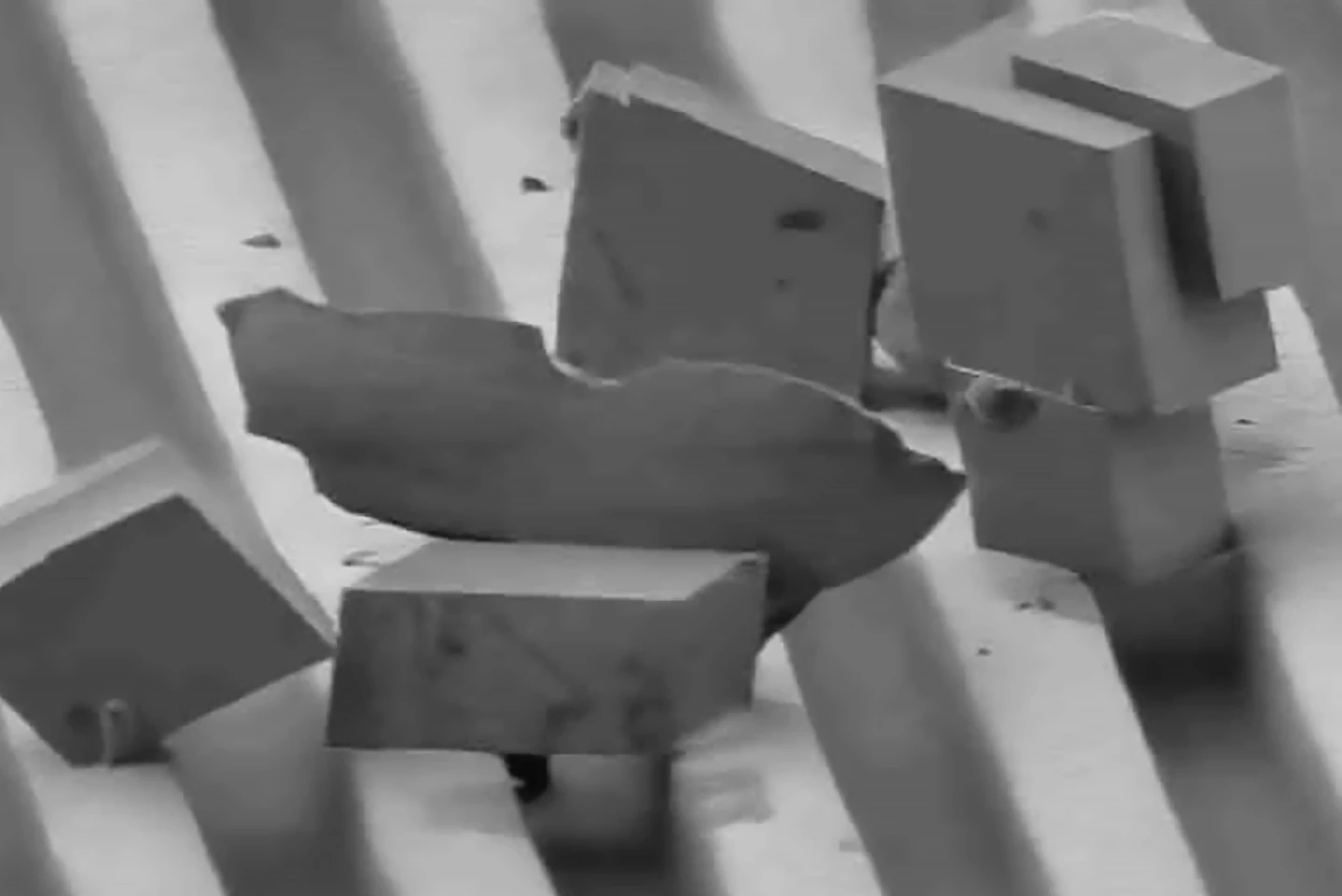Limescale buildup in thermal power plants due to the use of hot water can substantially affect efficiency, prompting researchers to develop a novel soft hydrogel-based surface coating that repels limescale crystals and prevents them from adhering.
Mainly consisting of calcium carbonate, limescale buildup can be seen around the home, on the inside of kettles, water tanks and washing machines, especially in areas where the water is hard – that is, high in mineral content – and when the surfaces come into contact with hot water.
While it’s a nuisance at home, limescale buildup has a greater impact on thermal power plants. These plants use boilers to heat water, producing high-pressure steam that drives a turbine to produce mechanical energy that’s converted into electrical energy by a generator. Industrial heat exchangers and membranes are prone to limescale buildup, causing an enormous energy loss – at least 2% of the total world energy production per year – due to reduced heat transfer and flow performance efficiency.
To address this issue, researchers from ETH Zurich in Switzerland and the University of California, Berkley have collaborated to develop an innovative hydrogel-based surface coating that repels limescale and prevents it from adhering.
The researchers started by examining individual limescale crystals and surrounding water flow at the microscopic level to see how the crystals deposit and adhere in dynamic aqueous environments. They then set about developing several coatings from soft materials and tested them in the lab.
Experimenting primarily with different polymer contents, the researchers found that the lower the polymer content and the higher the water content, the less well the calcium carbonate crystals adhered to the surface, which they’d fabricated to include tiny ridges. The researchers drew inspiration for their design from nature, particularly the ridges on a shark’s skin, which makes it very hard for microbes to attach.
Tests using model particles made of polystyrene demonstrated that the surface ridges needed to be smaller than the particles deposited on them to reduce the contact surface and, thus, the resultant adhesive force.
“We varied the material’s surface to achieve the greatest efficiency, then carried out the crystal experiments with the optimum structure size,” said Julian Schmid, the study’s lead author.

Moving to experiments with limescale crystals, the researchers found that when water flowed across the soft hydrogel-coated surface, up to 98% of the crystals, with a size of around 10 micrometers, were removed. This was 66% better than using a rigid, untreated substrate under the same conditions.
Currently, toxic chemicals are sometimes used to remove limescale from heat exchangers and membranes. The researchers say their novel surface coating is more eco-friendly and efficient than current approaches. In addition, they expect their solution to be scalable.
Rather than patenting their approach, the researchers decided to publish their study findings so that other interested parties can use and further develop the novel coating.
The study was published in the journal Science Advances.
Source: ETH Zurich






